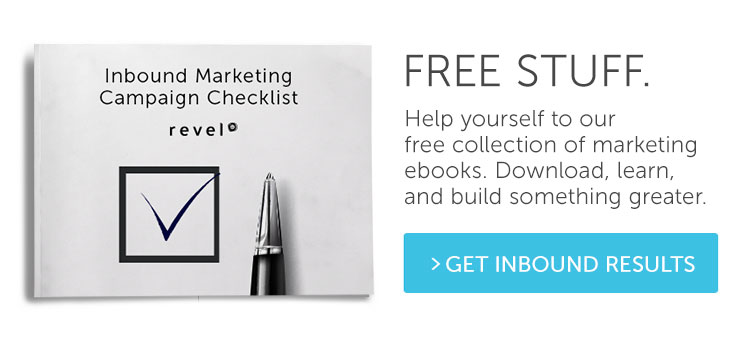A strategic marketing plan is key to ensuring that a manufacturer’s marketing efforts will yield positive ROI and support business goals. But before you can develop that plan, research is required to provide a deep understanding of your customers, competition, and market, and how they interact with your brand.
Like many manufacturers, you might assume you already have a clear understanding of your customers and prospective customers. And to a large extent it’s true. But you might be surprised by what primary research such as customer surveys will reveal. And just as importantly, by surveying your customers and prospective customers, you’ll be able to back up your existing assumptions with data, while also discovering new insights. The result? You’ll be able to develop a marketing strategy that refines your brand in a way that best represents your business, and you’ll know which tactics and channels to use to reach your customers.
So without further ado, here are some tips for conducting a successful market survey.
1. Choose your respondents
Choose a cross-section of customers and prospective customers (and even former customers, if possible), favoring folks who have had fairly recent interactions with your company. Depending on your business, you might want to segment your customers and ask a few specific questions of each segment, so you can develop a marketing plan with slightly different messages for each. Segments might include distributors, engineers, and purchasing professionals, for example.
2. Qualitative survey, quantitative survey, or both?
A mix of survey types is ideal. You might start with a more quantitative approach (online or email surveys) to determine trends, and then dive into qualitative research (phone interviews, focus groups) to clarify and flesh out customer perceptions and needs.
The email survey
It’s easier than ever to create a survey of customer perceptions and needs via email. SurveyMonkey and other online sources make it easy to create and administer surveys, and easy for your customers to share their thoughts with you. If you’re going to send an email survey, make it short and sweet or, if it’s more detailed, consider offering an incentive for responding such as a chance to win a gift card.
The phone interview
Using a phone interview format can elicit feedback beyond what’s explicitly asked for in an email survey. You’ll want to be well prepared with a mix of question types (see step 3), while remaining open to whatever concerns the interviewee might want to share.
Schedule the call ahead of time, to ensure that interviewees can be prepared with thoughts about your company and able to provide you with their full attention.
Customers are more likely to be forthcoming with an interviewer they don’t know. Considering hiring a marketing firm, or use someone in-house who doesn’t have a relationship with your interviewees. Provide the option of keeping responses anonymous.
3. Prepare a mix of question types
Try to limit your survey to around 25 questions, asking a mix of question types including Likert scale questions (the kind with answers ranging from, for example, “strongly agree” to “strongly disagree”), multiple choice, and open-ended questions. Open-ended questions give customers the chance to share thoughts in greater detail and to address concerns that a more closed-ended question might miss.
Questions should be designed to determine your target audience’s challenges, perceptions, and needs. Examples of open-ended questions a manufacturer might ask include:
- What are the most challenging aspects of your job?
- What are the most difficult aspects of buying, ordering, using products like ours?
- What is your opinion of our product quality? Have you ever had any quality concerns?
- Do you purchase through other suppliers? Why?
- How do you like to receive information from us? Do you prefer emails, phone calls, in-person meetings?
- What could we make easier for you? How can we serve you better?
Base your marketing plan on research
Launching a marketing program without a research-informed strategic plan is like shooting fish in a barrel. Primary and secondary research data helps organizations build consensus and base decisions on facts instead of opinions. Use your survey insights to create buyer personas, and use those personas to guide your marketing strategy.
A research-informed strategic marketing plan will outline tactics designed to successfully reach and persuade your target audience. Learn more about developing a strategic plan from our team of experts. Give us a call at 231-727-9778.












